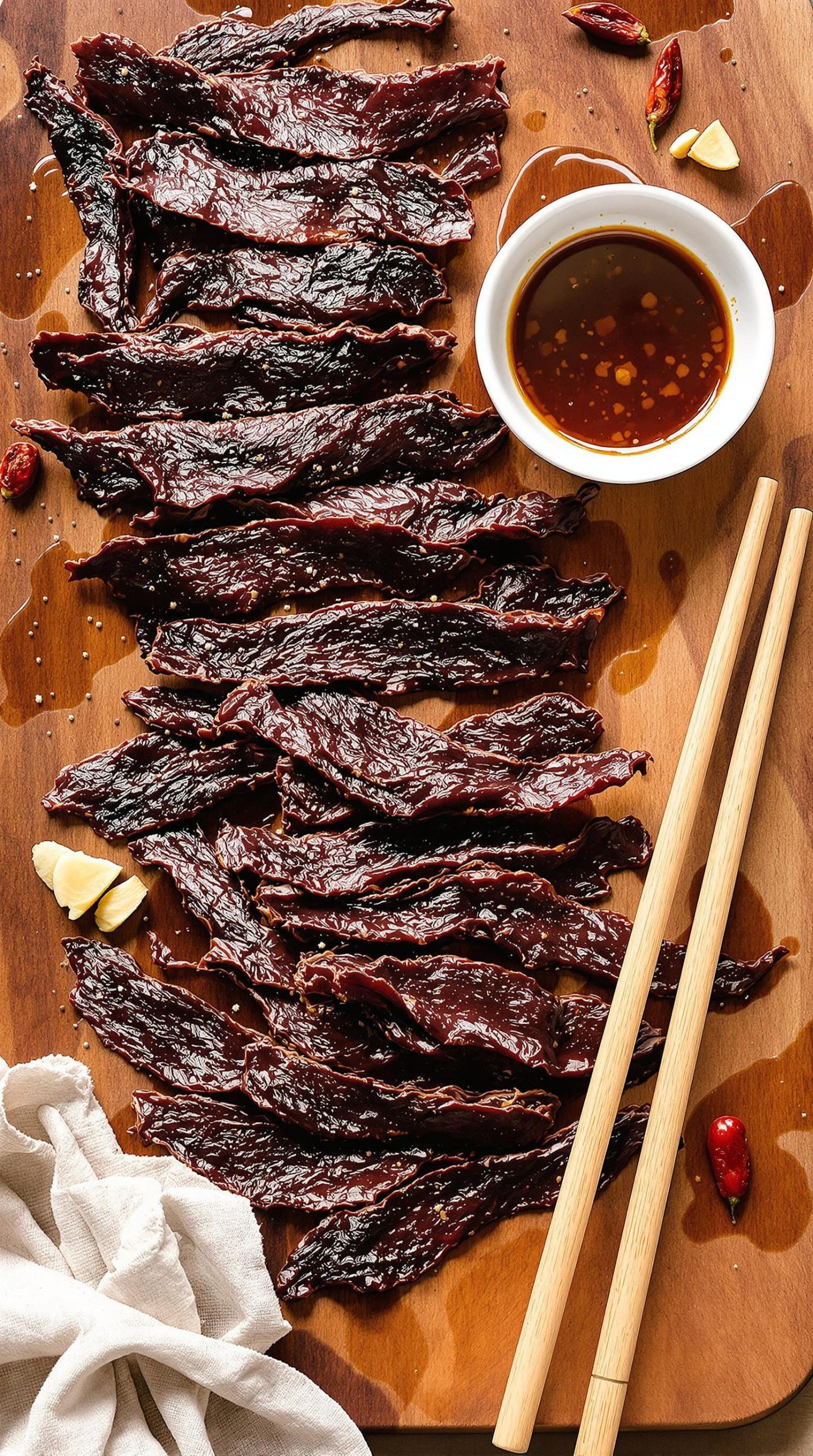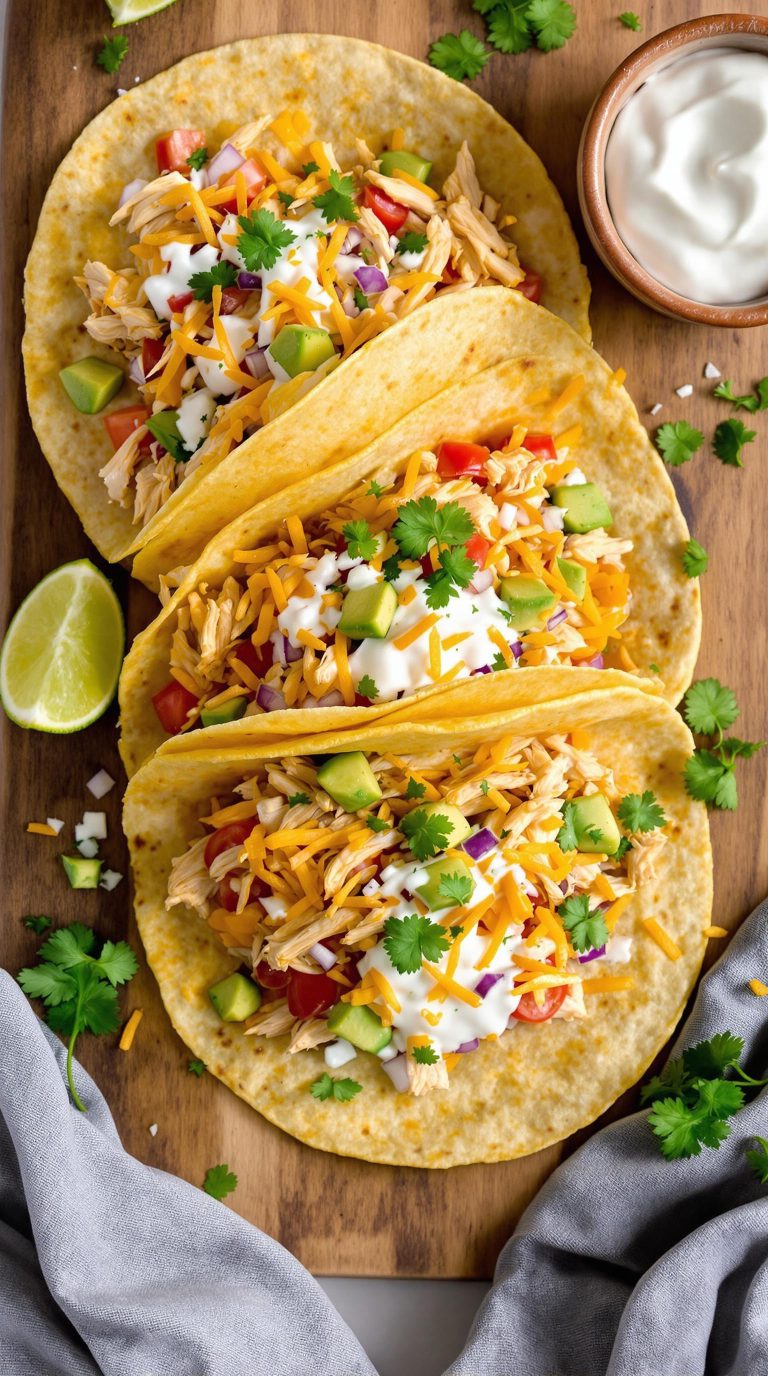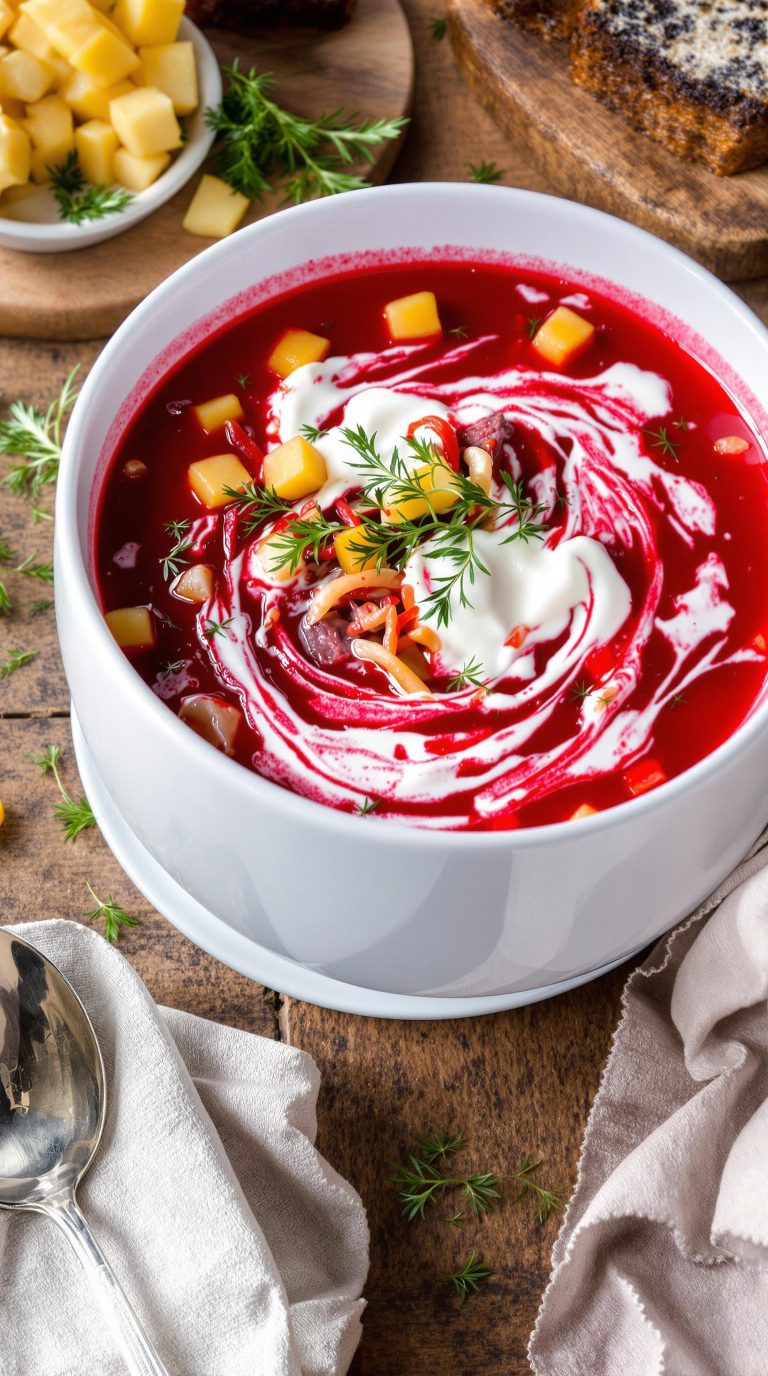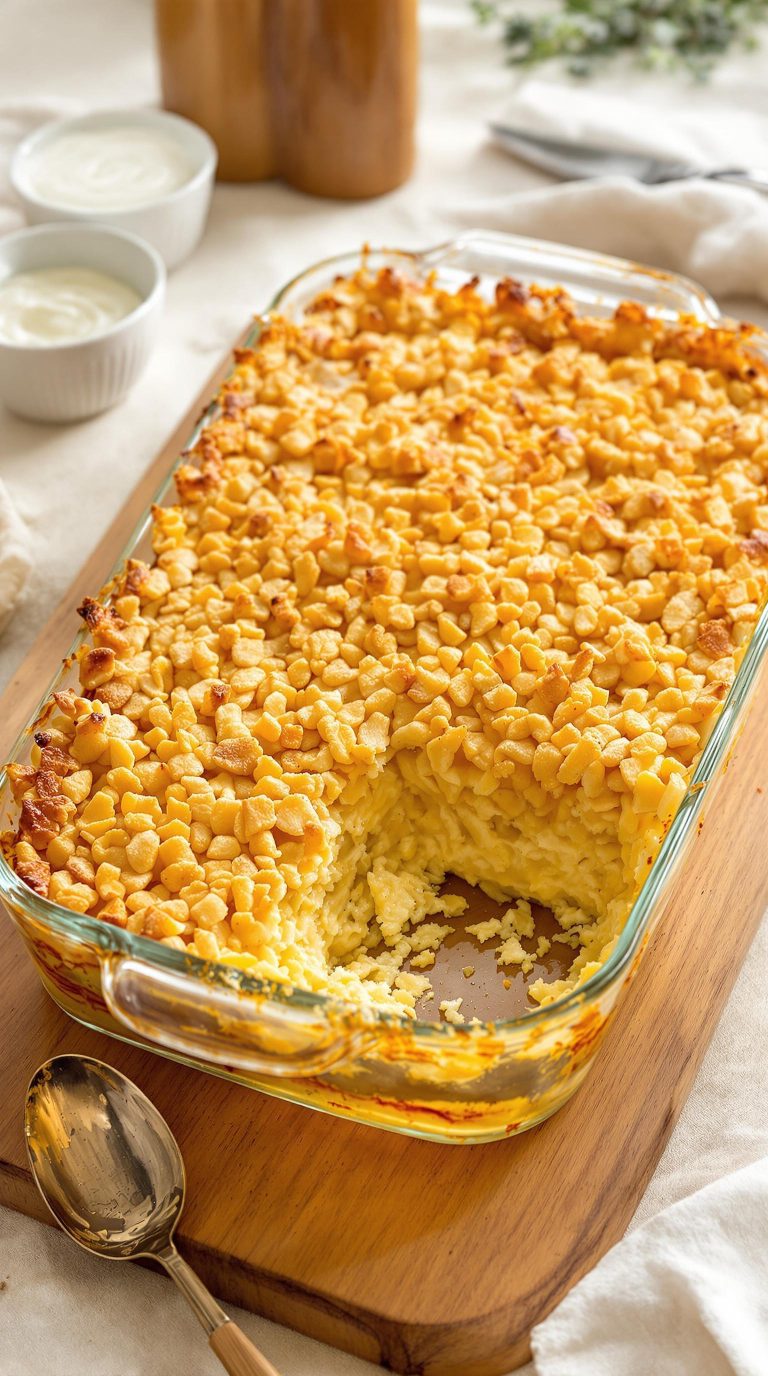Why You’ll Love this Smoky Asian Beef Jerky
If you’re tired of paying premium prices for store-bought jerky that’s packed with preservatives, this smoky Asian beef jerky recipe will absolutely change your snack game.
I’m talking tender strips of beef transformed into chewy, savory bites with a perfect balance of soy, ginger, and subtle sweetness.
What makes this version special? The dry sherry and rice wine vinegar add complexity that store brands can’t match.
Plus, you control the thickness, spice level, and drying time. No mysterious ingredients, just pure protein goodness.
Perfect for hiking trips, midnight snacking, or impressing friends who think homemade jerky is beyond their reach.
What Ingredients are in Smoky Asian Beef Jerky?
Making delicious smoky Asian beef jerky at home requires a perfect balance of protein, umami, sweetness, and spice.
The ingredient list might look long, but don’t worry—each component plays an important role in creating that addictive flavor profile that makes homemade jerky so much better than store-bought varieties.
And honestly, most of these ingredients are probably already sitting in your pantry right now.
- 2 pounds beef (round, rump or sirloin tip; London broil works best)
- 1/3 cup dry sherry
- 1/2 cup soy sauce
- 1/3 cup chicken or beef stock
- 3 tablespoons rice wine vinegar
- 1 tablespoon brown sugar
- 1 teaspoon fresh gingerroot, finely diced
- 2 garlic cloves, chopped
- 1 teaspoon freshly ground black pepper
When shopping for beef, look for cuts with minimal fat marbling, as fat can cause jerky to spoil faster.
The London broil recommendation isn’t just a suggestion—it truly does produce the best texture for jerky with its lean composition and distinct grain pattern.
And while the recipe doesn’t specify, you might consider adding a teaspoon of liquid smoke if you want to enhance the smokiness without using an actual smoker.
How to Make this Smoky Asian Beef Jerky
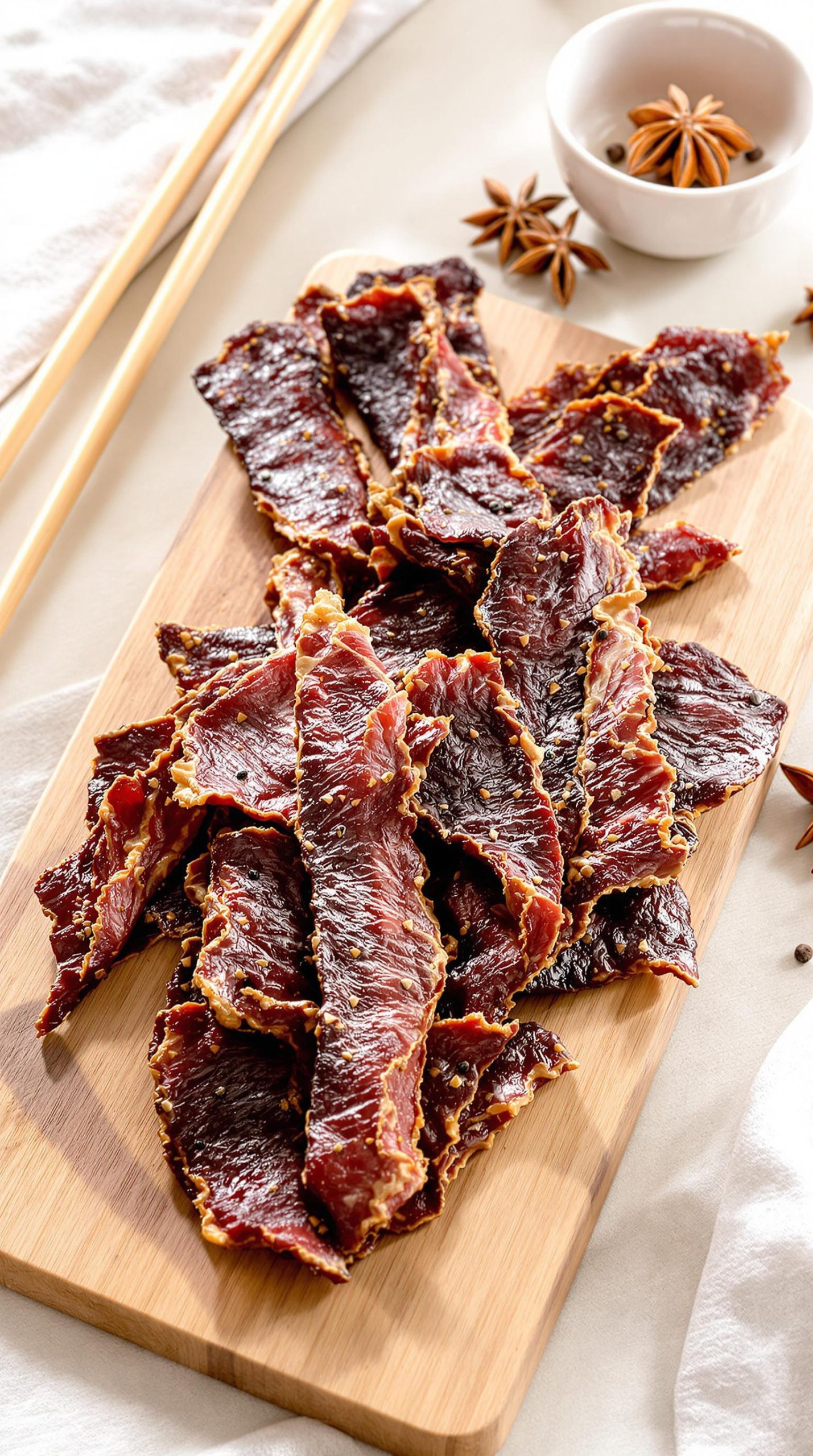
Creating this smoky Asian beef jerky at home starts with proper meat preparation. Take your 2 pounds of beef (remember, London broil truly works best) and remove all visible fat—this is essential since fat can cause your jerky to spoil faster.
Then wrap the meat tightly in plastic wrap and pop it in the freezer for about 2 hours until it’s almost solid but not completely frozen. This semi-frozen state makes all the difference when slicing, allowing you to cut those perfect, thin, even pieces that are the hallmark of good jerky.
Once your meat is properly chilled, slice it with the grain into neat 1/8-inch thick strips. The “with the grain” direction is important for that characteristic jerky chew. Arrange these slices in a shallow dish while you prepare the marinade by combining 1/3 cup dry sherry, 1/2 cup soy sauce, 1/3 cup chicken or beef stock, 3 tablespoons rice wine vinegar, 1 tablespoon brown sugar, 1 teaspoon finely diced fresh ginger, 2 chopped garlic cloves, and 1 teaspoon of freshly ground black pepper in a saucepan.
Bring this mixture to a boil, then let it cool completely before pouring it over your sliced meat. The meat needs to marinate overnight in the refrigerator, with a stir or two during the process to guarantee even flavor distribution.
When you’re ready to dry the jerky, line your oven bottom with foil (trust me, this saves major cleanup later), and preheat to 250°F. For superior heat retention and even cooking, consider using a Le Creuset Dutch oven as your vessel for this recipe. For a perfectly smooth marinade with no chunks of ginger or garlic, consider using a Vitamix immersion blender to thoroughly blend all ingredients before boiling. Pat each piece of meat dry with paper towels—this helps the drying process and prevents steaming.
Arrange the meat strips in a single layer on a roasting rack, making sure they don’t touch each other, then place in the oven and immediately reduce the heat to 150°F. Now comes the waiting game—let the jerky dry slowly for at least 8 hours, though it might take anywhere from 6 to 24 hours depending on your oven and the thickness of your slices.
The finished jerky should be stiff but still bendable, not brittle. For food safety, make sure your oven maintains at least 145°F to kill any microorganisms. Once done, store your homemade smoky Asian beef jerky in an airtight container in the refrigerator, where you’ll probably find it disappears much faster than the time it took to make it!
Smoky Asian Beef Jerky Substitutions and Variations
While the classic recipe delivers amazing results, this smoky Asian beef jerky welcomes countless variations to match your taste preferences. I’d suggest swapping dry sherry for bourbon or whiskey to intensify the smokiness. Not a fan of soy sauce? Try coconut aminos or tamari.
The brown sugar can be replaced with honey or maple syrup for subtle flavor shifts, and the ginger-garlic combo plays well with additions like sesame oil, sriracha, or even a dash of five-spice powder. Can’t handle heat? Skip the black pepper.
What to Serve with Smoky Asian Beef Jerky
When does smoky Asian beef jerky truly shine?
I find it’s the perfect protein-packed companion for adventures that keep you moving. It’s my go-to for hiking trips, road journeys, or those marathon gaming sessions where cooking feels like too much effort.
I love pairing it with crunchy companions—think rice crackers, cucumber slices, or even apple wedges. The sweet-salty contrast works magic.
For more sustenance, add it to a charcuterie board with some sharp cheeses and pickled vegetables.
Need a quick lunch? Chop some jerky into a rice bowl with fresh veggies. The smoky flavor elevates everything it touches.
Final Thoughts
The journey to perfect smoky beef jerky isn’t complicated, but it’s certainly rewarding.
What I love most about this Asian-inspired recipe is how it transforms simple ingredients into something extraordinary. The combination of soy sauce, sherry, and fresh ginger creates depth that store-bought versions simply can’t match.
